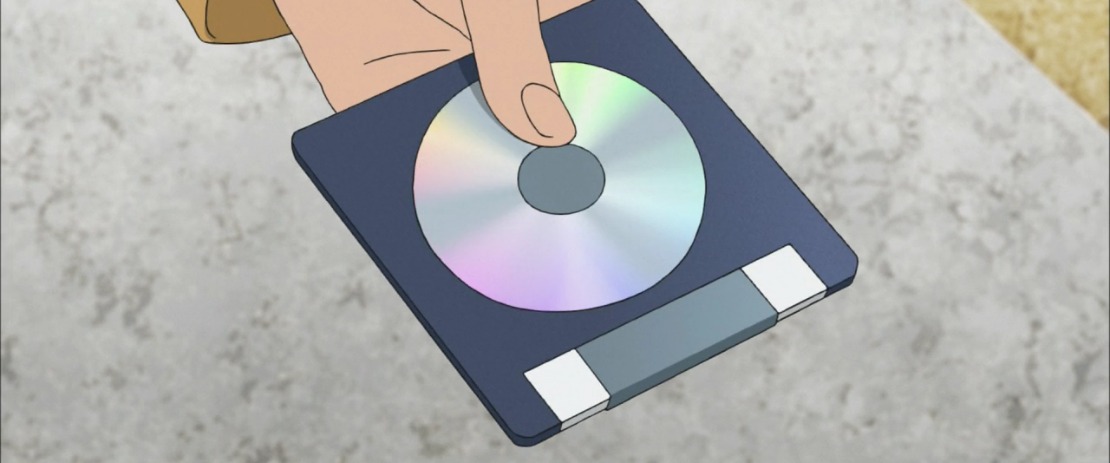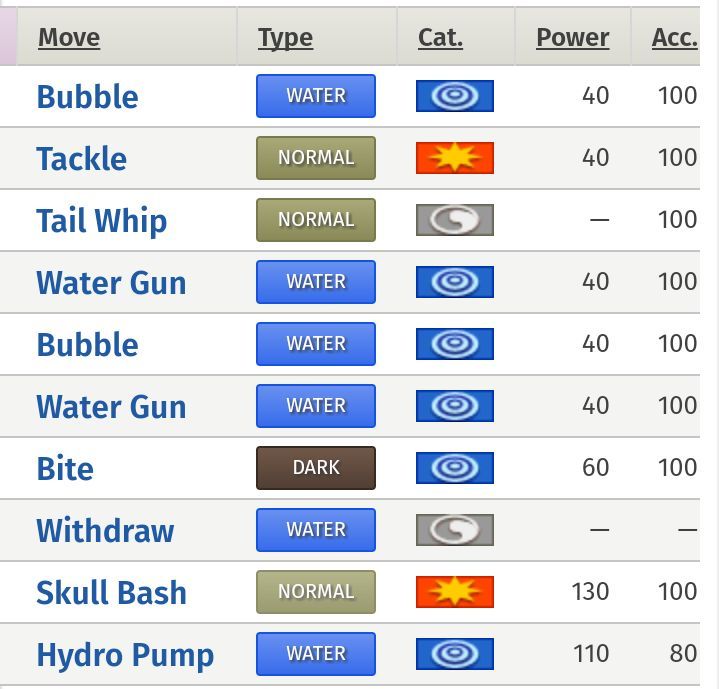

They have generally good matchups against important opponents in either the early or the late-game. A-tier: These are strong Pokémon with great typing, stats, and movepools, who can provide good offensive and defensive presence to a team.These Pokémon are the star of an effective team, and the rest of the team members should be chosen to support and compliment them. They have few significant flaws, and should be used without question if the player can obtain them. They are capable of single-handedly clearing portions of the game, regardless of team composition. S-tier: These Pokémon have excellent typing, stats, and movepools, and have good matchups against important opponents in both the early and the late-game.Here’s a brief overview of what each tier represents, and which factors go into our decision-making process. We hope you find it useful! Continue reading below the tier list for explanations of what each tier represents and how Pokémon tiers are chosen. This tier list does not take into account availability or rarity, only ranking Pokémon based on how useful they are once you’re able to obtain them (a couple of exceptions were made for Pokémon that can reach their final stages extremely early, such as Nidoking/Queen). With only the original 151 Pokémon (minus legendaries) available to you, which Pokémon are deserving of a spot on your team? To help you decide, we’ve ranked each Pokémon evolutionary line according to its viability in a Red or Blue Nuzlocke. Which is why, even though we’ve already put together a Nuzlocke tier list for FireRed and LeafGreen, we decided to make a separate tier list for the generation one games. The original Red and Blue versions are different from the newer games in many ways, with more recent versions having updated mechanics, movepools, Pokémon evolutions, and more.


So much has changed since the first generation of Pokémon games, and yet many fans still enjoy playing and Nuzlocking these classic adventures.


 0 kommentar(er)
0 kommentar(er)
